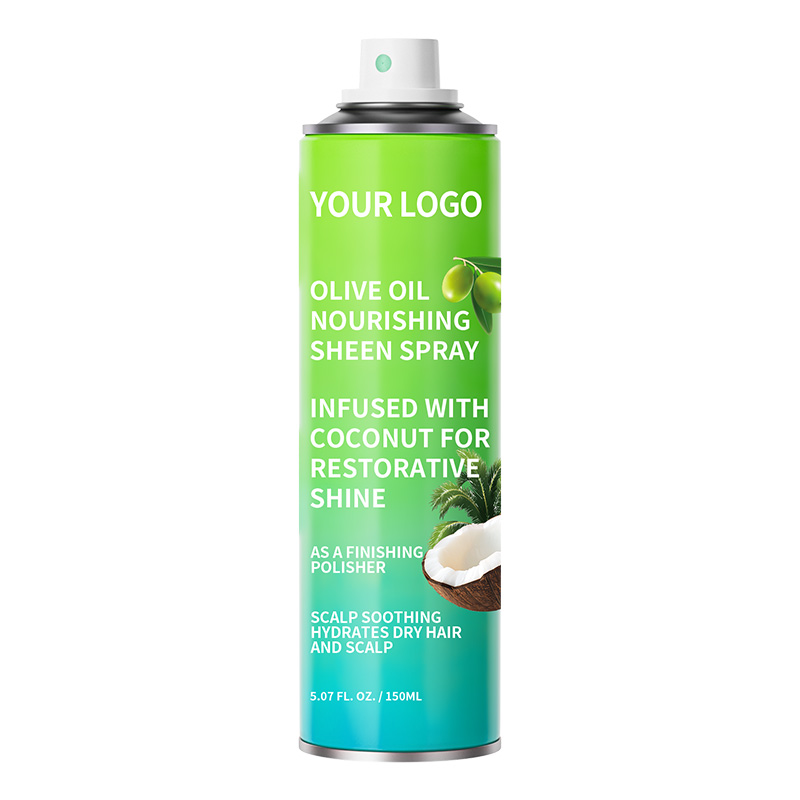In today's consumer market, the cosmetics industry is rapidly developing, attracting significant consumer attention. As people's pursuit of beauty continues to rise, demand for cosmetics is also increasing. However, whether the production capacity of cosmetic manufacturer plants can meet this growing market demand has become a topic worth exploring.

It is important to understand the production process of cosmetics processing plants. Generally speaking, cosmetics production involves raw material procurement, formula design, production and processing, quality inspection, and packaging. Each step requires strict control to ensure the quality and safety of the final product. Throughout this process, production capacity directly determines whether market demand can be met.
Currently, many cosmetic manufacturer plants have achieved technological automation and intelligent production. This transformation not only improves production efficiency but also reduces labor costs. Compared to traditional manual production, modern production lines can produce large quantities of products in a short period of time. For example, a fully automated cosmetics production line can produce tens of thousands of bottles of cosmetics in a single day, meeting large-scale market demand.
However, market demand is not simply reflected in quantity; product diversity and personalization are becoming increasingly important. As consumer aesthetics and demands evolve, the market demands higher levels of cosmetics variety and style. Cosmetics manufacturers need to continuously develop new products to adapt to market changes. For example, in recent years, cosmetics featuring natural ingredients and eco-friendly packaging have become increasingly popular among consumers, prompting many manufacturers to adjust their production strategies and launch new products accordingly.
Against this backdrop, some cosmetics manufacturers have begun focusing on small-batch, high-variety production. While this model may not be as efficient as mass production, it better meets market demand for personalization and diversity. Flexible production lines and rapid R&D capabilities allow manufacturers to quickly adjust their product lines based on market feedback to meet consumer needs.
In addition to production capacity, market demand forecasting is also a key factor influencing a cosmetics manufacturer's ability to meet market demand. By analyzing market trends and consumer behavior, manufacturers can plan ahead and prepare appropriate production capacity. For example, before a seasonal event or holiday, manufacturers can pre-empt production based on past sales data to ensure timely delivery during peak demand.
However, market demand fluctuations are often unpredictable, requiring cosmetics manufacturers to possess strong adaptability. Faced with sudden market changes, manufacturers need to quickly adjust production plans to ensure timely response to consumer demand. Good supply chain management is also crucial for ensuring production capacity. By optimizing raw material procurement and inventory management, processing plants can reduce production costs and improve overall production capacity.
Competition in the cosmetics industry is also becoming increasingly fierce. Many emerging brands and small processing plants are entering the market with unique products and flexible marketing strategies, putting pressure on traditional large-scale processing plants. These new brands are often able to react quickly and meet specific consumer needs, thereby gaining a certain market share. Traditional processing plants must not only enhance their production capacity but also increase investment in product innovation and marketing to maintain a competitive advantage.
While the production capacity of cosmetics processing plants can meet market demand to a certain extent, they still face numerous challenges. With the diversification of consumer demands and the intensification of market competition, processing plants need to continuously adjust their production strategies, improve production efficiency, optimize supply chain management, and strengthen market forecasting capabilities. Only in this way can they remain viable in this rapidly changing market.
In the future, the development trend of the cosmetics industry will place greater emphasis on personalization and environmental protection. In this context, processing plants' production capacity must not only meet demand for quantity but also focus on product innovation and quality. Only by constantly adapting to market changes can we achieve sustainable development in this industry full of opportunities and challenges.

